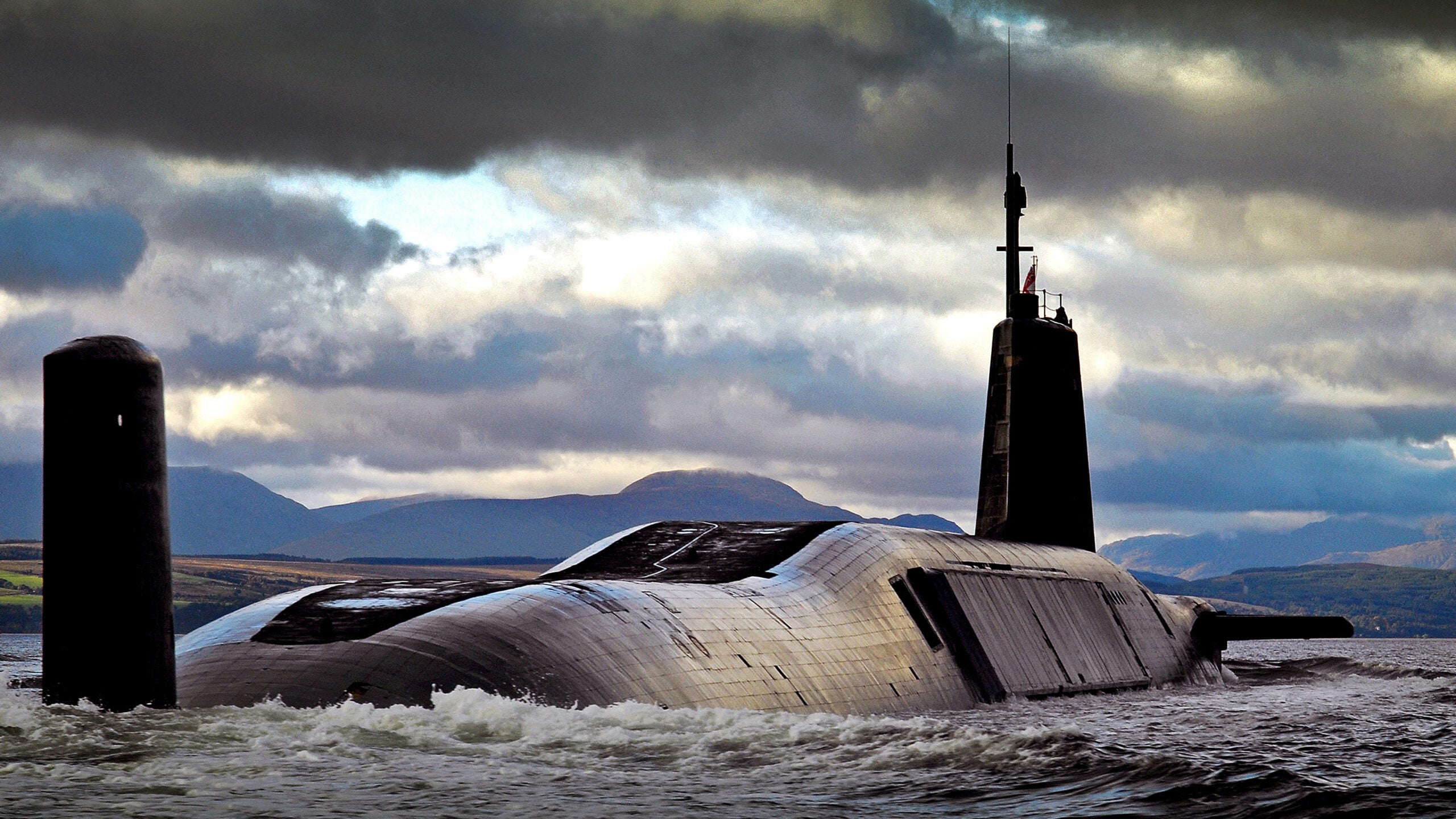Reports from the United Kingdom suggest that, for the first time since the Cold War, the country is preparing to increase the size of its nuclear weapons arsenal, by as much as 40 percent. The move is expected to be formally announced in the U.K.’s next defense review, set to be unveiled in two parts, beginning tomorrow. You can read all about the other predictions for that wide-ranging review in this recent article.
Citing unnamed sources within the government as well as a leaked copy of the report, the Guardian newspaper has claimed that the U.K. is planning to potentially boost the numbers of warheads available for its UGM-133 Trident II submarine-launched ballistic missiles (SLBMs), with a new upper limit of 260 warheads. This is a significant about-face, since, as of last December, the government still outlined an aim of reducing the warhead total from 225 to “no more than 180 warheads” by the mid-2020s. At the same time, the number of operationally available warheads was to be trimmed down to 120.
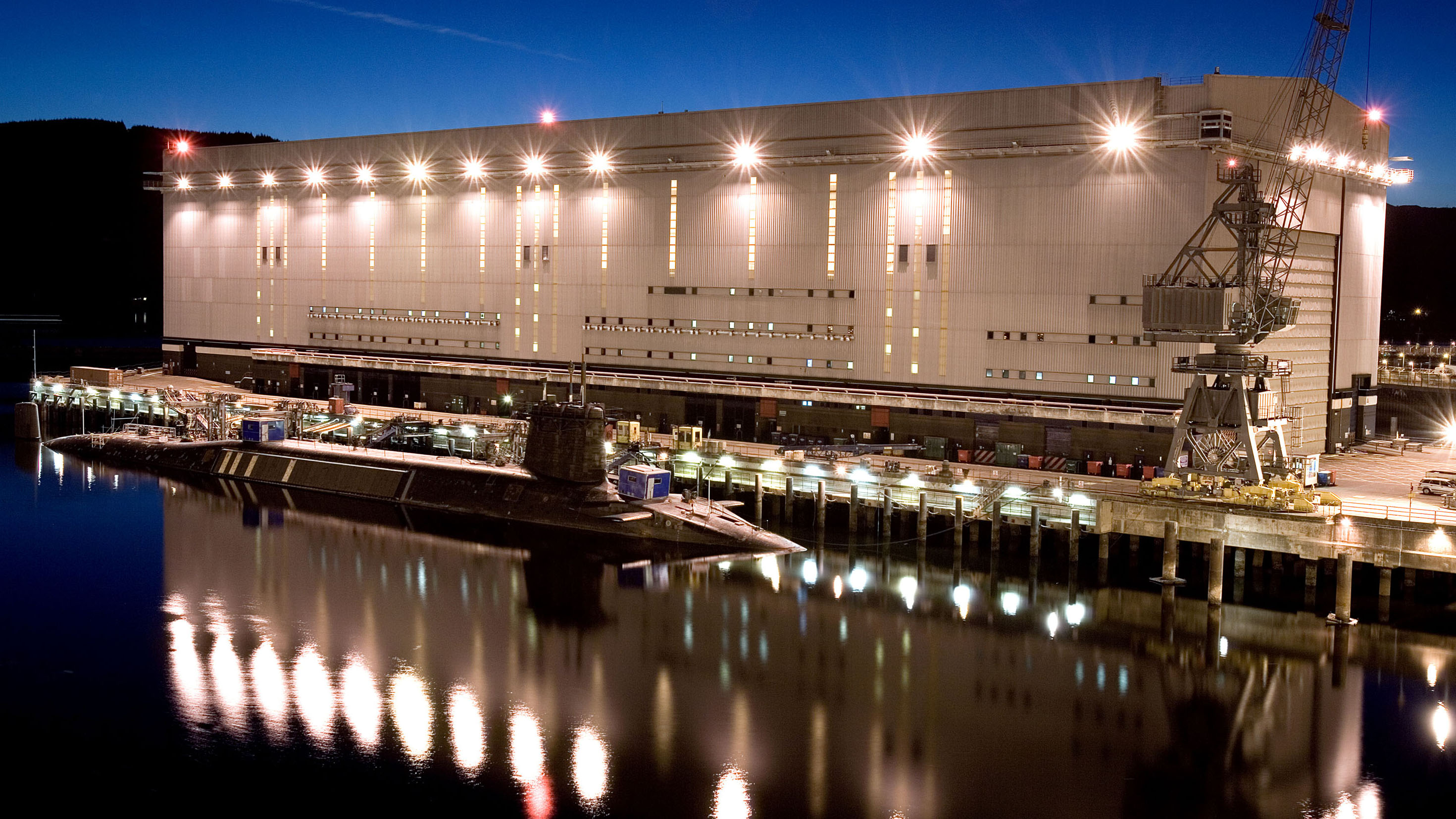
It is not clear exactly why the U.K. is now looking to expand its nuclear stockpile which, after peaking at around 500 warheads in the late 1970s, has steadily declined in numbers since the end of the Cold War.
“If this [increase] is confirmed, this would be a highly provocative move,” David Cullen, the director of the Nuclear Information Service told the Guardian. “The U.K. has repeatedly pointed to its reducing warhead stockpile as evidence that it is fulfilling its legal duties under the nuclear non-proliferation treaty.”
Ever since introducing an SSBN-based nuclear deterrent with the Polaris SLBM in the late 1960s, the U.K. has relied upon U.S. technology for its nuclear weapons, although the warheads themselves are produced in the U.K. and tailored to local requirements, the exact details of which are a closely guarded secret.
Trident missiles currently arm the U.K. Royal Navy’s four Vanguard class nuclear-powered ballistic missile submarines (SSBNs) which entered service in the 1990s and are due to be replaced by a similar number of new Dreadnought class SSBNs from the early 2030s at a total estimated cost of around $43 billion.
The earlier class of British SSBN has 16 missile tubes, but in practice, only eight are used, to comply with treaty regulations, and the new Dreadnoughts will feature 12 tubes each. A maximum of 40 warheads is currently carried on board the Royal Navy SSBNs when on deterrent patrol, each Trident missile being able to carry multiple warheads, or multiple independently targetable re-entry vehicles (MIRVs). While each Trident can theoretically carry 14 MIRVs, depending on the type, 40 warheads on each patrol amount to approximately five per missile.
Currently, the Royal Navy’s Vanguard class SSBNs go to sea with Trident armed with a version of the U.S. W76 warhead, which dates back to the 1970s, and is known locally as the Mk 4/A.
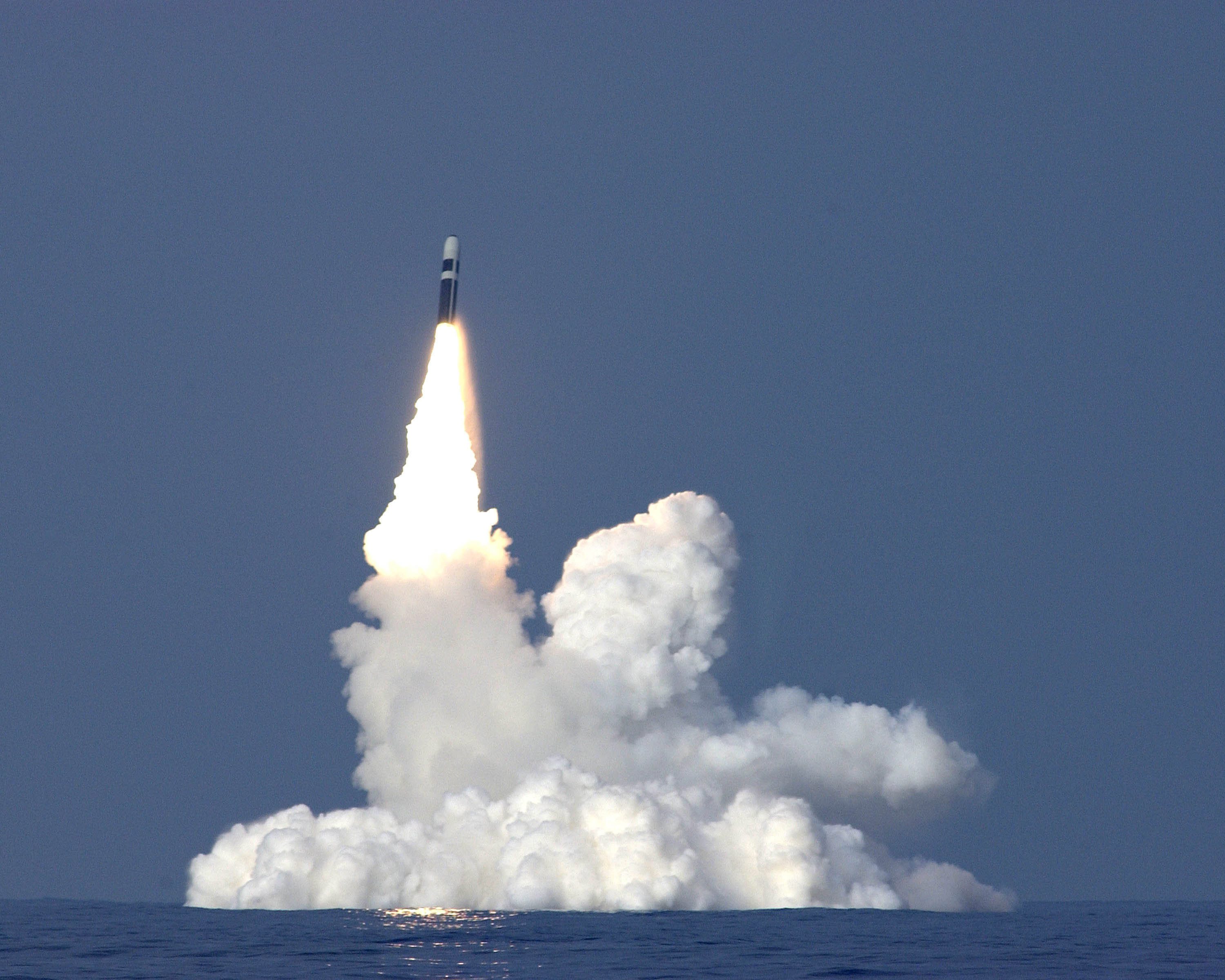
In February 2020 the U.K. government confirmed that a program to replace the nuclear warheads was underway, but it will still likely face a vote in parliament. In 2016 members of parliament already voted in favor of developing the Dreadnought class, but the costs of the warhead replacement are not included in the $43 billion earmarked for the submarines themselves.
The U.K. is now hoping to replace the W76-derived warhead with the W93, which you can read more about here, and the government has recently been pushing the U.S. to support initial spending on the new warhead, amid Democrat opposition to funding the program, especially in the run-up to the Biden administration’s first Nuclear Posture Review. Complicating matters further, the U.S. Navy doesn’t require a new warhead until the late 2030s, after the Vanguard class is scheduled to have become operational with the Royal Navy.
The U.K. needs the Vanguard and modernized Tridents to maintain its continuous at-sea deterrence, which has one of the SSBNs always on patrol out of HM Naval Base Clyde — also known as Faslane — on the west coast of Scotland. Since the U.K. Royal Air Force’s last air-launched nuclear bombs were retired in 1998, the Royal Navy’s SSBNs have provided the country’s sole nuclear weapons capability. You can read all about the practicalities of the U.K. “doomsday mission” in this previous article.
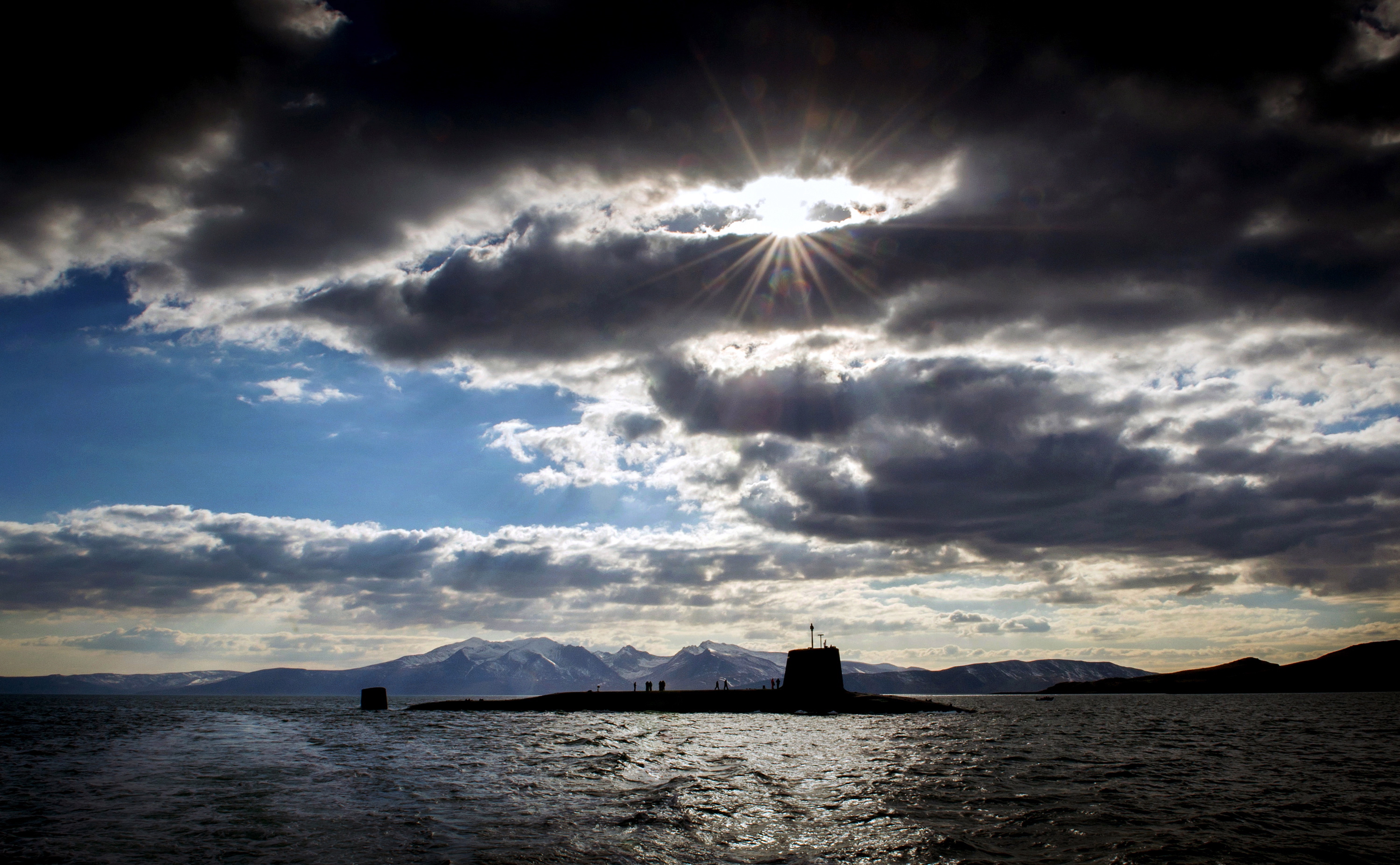
The revised warhead total, which will reportedly have an upper limit of 260, will arm the Trident IIs that have been selected to arm the Dreadnought class. The exact power of the British Trident warheads is an official secret, but, in contrast to U.S. Navy Tridents, they apparently have a selective yield, with a reported maximum of 100 kilotons.
The U.K.’s strategic nuclear forces were originally tailored to deter the Soviet Union and Russia’s rapidly modernizing long-range arsenal could be a driver behind the possible increase in U.K. warheads. Although as of March last year Moscow possessed a total of 1,362 strategic warheads declared under the New START Treaty alone, using multiple delivery systems, even a modest increase on the U.K. side would have more than symbolic value, bearing in mind the destructive power of these weapons. It is worth noting that the figure for Russian warheads includes certain caveats, including a single strategic bomber counted as one warhead.
On the other hand, Russia’s activities, both overt military, and covert, including on British soil, have also become a more serious concern to the U.K. in recent years, such that the U.K. Chief of the General Staff, General Sir Nicholas Carter, described it as “the most complex and capable security challenge we have faced since the Cold War.”
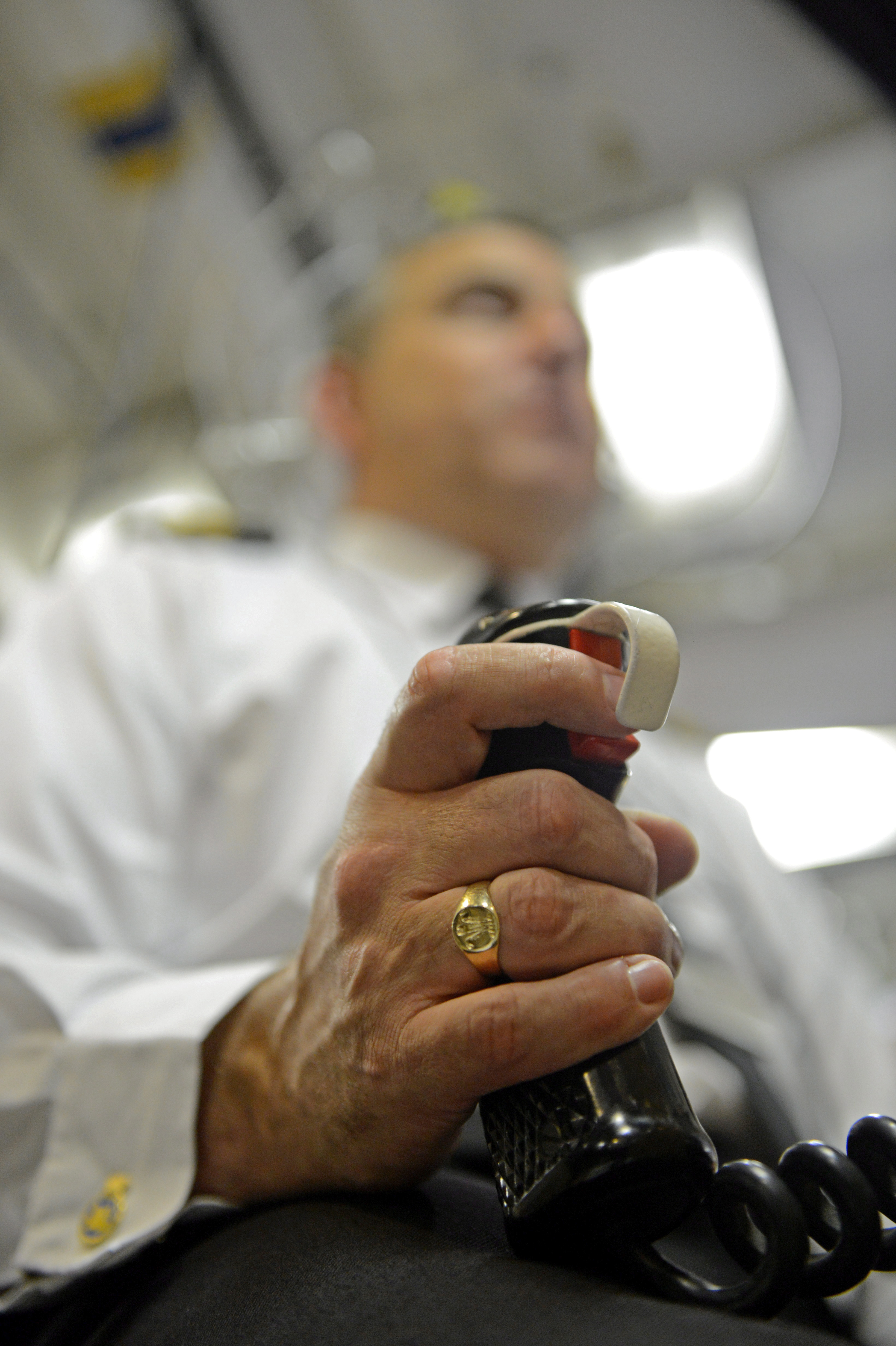
Another potential reason for the increase, as put forward by the Guardian, is that it’s designed to demonstrate its commitment to the United States, which the U.K. wants to co-fund the development of the aforementioned W93 as a replacement warhead for the Trident, to arm the forthcoming Dreadnought class.
As well as lobbying for the W93, the U.K. is also working closely with the U.S. on the design of the warhead, according to the BBC, which has described it as a “a bi-national warhead project.” Clearly, the U.K. is heavily committed to the W93, not least because it’s the only realistic option to replace its existing warheads. Furthermore, it’s been reported that the cost alone of modernizing the Aldermaston facilities in England where the U.K. warheads are produced could reach almost $14 billion over the next 15 years.
“Our warheads have to match theirs exactly, in terms of flight performance, in order to remain certified,” an unnamed source close to the U.K. nuclear deterrent program told the BBC.
On the other hand, the reason for the potential increase in U.K. nuclear warheads could be more pragmatic. Dmitry Stefanovich, a Research Fellow at the Center for International Security, IMEMO RAS, has suggested that a growing stockpile could simply reflect the coming period of transition between the old W76 and new W93 warheads, as the former works up to operational deployment and the latter is progressively withdrawn.
Since the U.K. will have determined the minimum number of warheads required for a credible deterrent it will also have to ensure that a given number is also ready for use at all times. The idea of keeping at least some W76s in the stockpile during the transitional phase would therefore make good sense. In addition, it takes time to decommission warheads. While it may be relatively simple to remove them from a deployed status, it might not be so easy to actually write them out of the stockpile, depending on existing policies that are in place and the speed with which the warheads themselves can be decommissioned. Even in the U.S., where the nuclear weapons stockpile is somewhat more transparent, it is not always easy to determine what is actually available for deployment.
Tomorrow, perhaps, we may learn more about the proposed expansion of the U.K. nuclear weapons stockpile. On the other hand, considering the veil of secrecy that surrounds the U.K. nuclear deterrent, it may still be some time before we learn exactly how many warheads will be provided for the new Dreadnought class SSBNs.
Contact the author: thomas@thedrive.com
